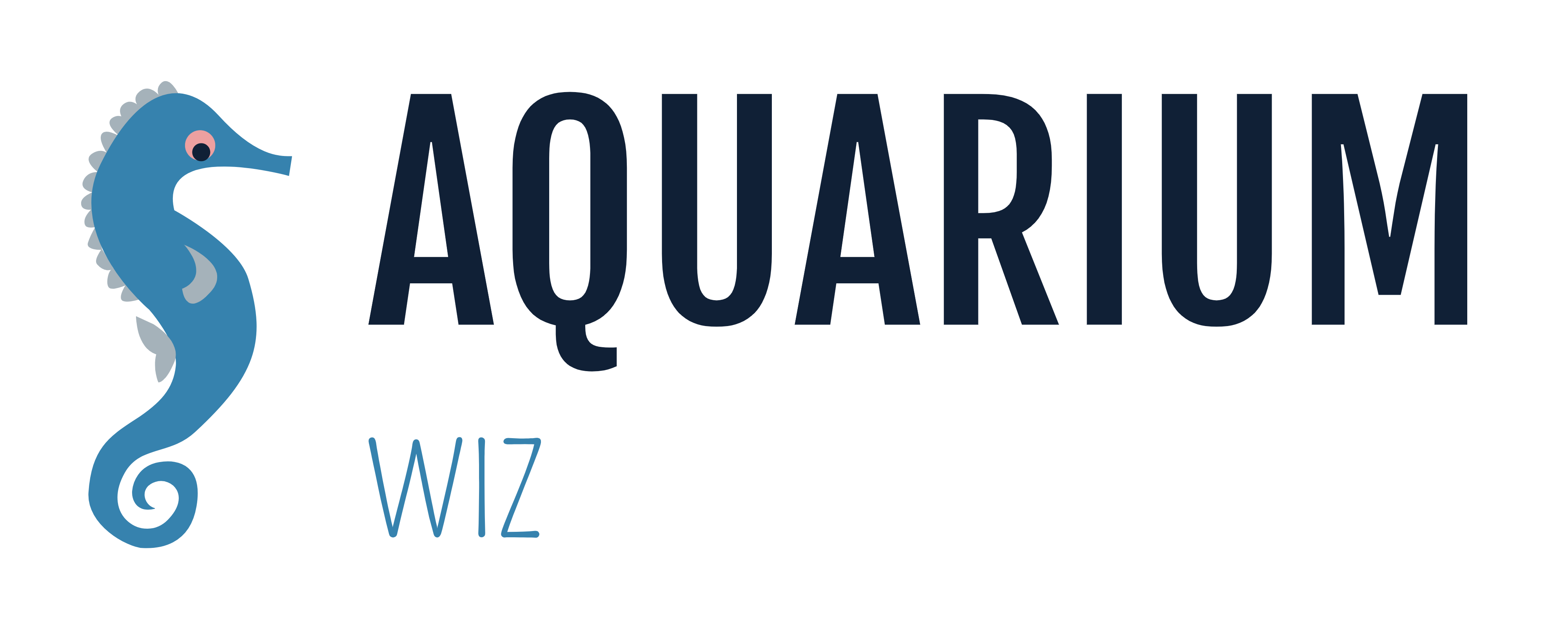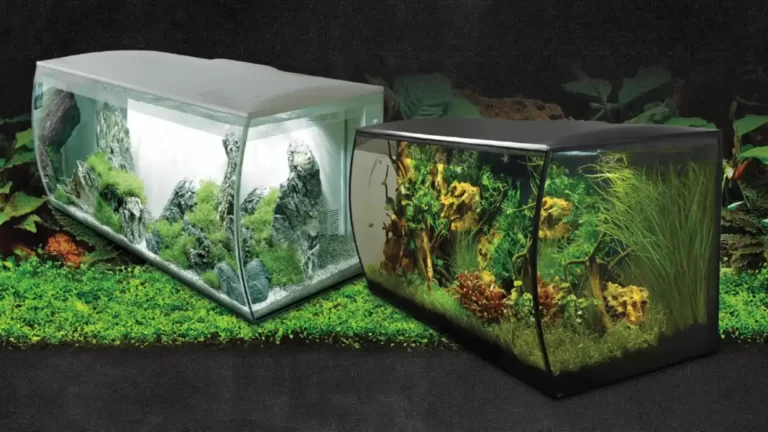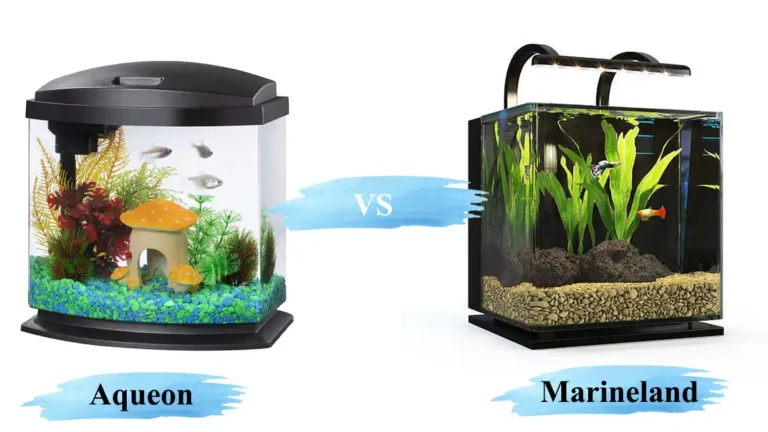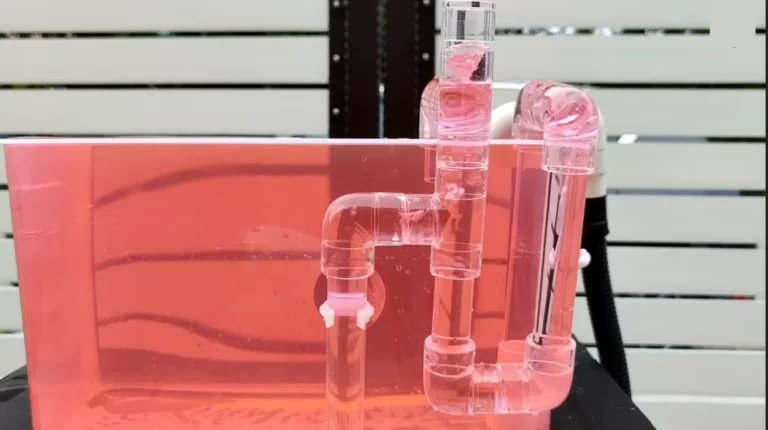Understanding the Key Differences: Fish Tank Air Pump vs. Filter
Welcome to the world of fish tank care! As a responsible fish owner, you understand the importance of maintaining a healthy aquatic environment for your fish. This comprehensive guide aims to shed light on two essential components of your aquarium setup: the air pump and the filter.
By understanding their functions and benefits, you can make informed decisions that will positively impact the well-being of your fish.
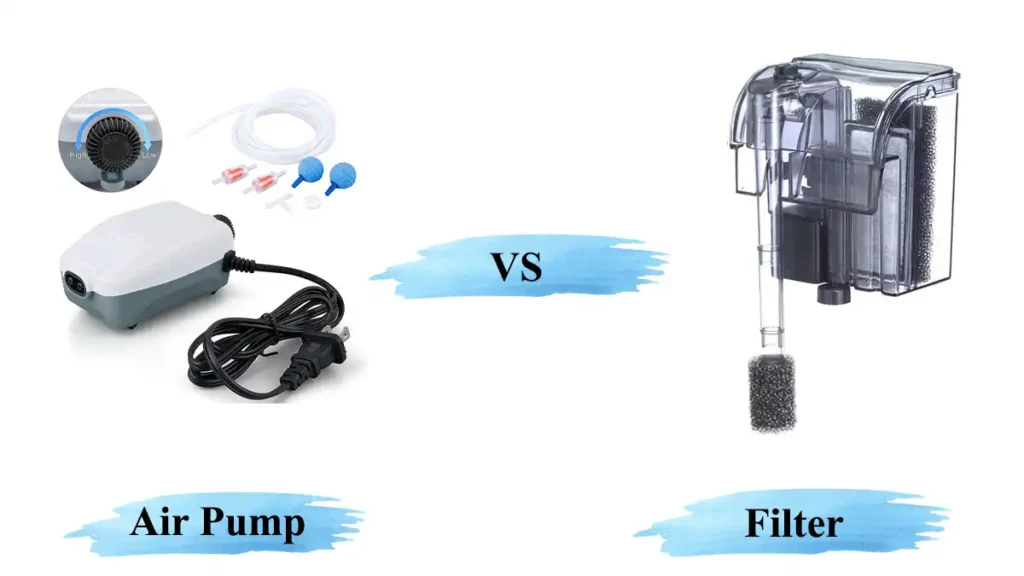
Fish Tank Air Pump vs. Filter
Before we delve into the specifics of each component, let’s first understand their primary purposes. An air pump is responsible for providing oxygenation to the water, while a filter’s role is to remove impurities and maintain water quality.
The Role of an Air Pump
An air pump plays a crucial role in ensuring sufficient oxygen levels for your fish. Oxygenation is vital for promoting better fish health and activity. Additionally, it helps prevent stagnant water and improves circulation, creating a more vibrant aquatic environment.
The Role of a Filter
On the other hand, a filter is responsible for maintaining water clarity and purity. It works by reducing harmful toxins and ammonia levels, thus creating a stable and balanced ecosystem for your fish to thrive.
Benefits of Using a Fish Tank Air Pump
Now that we understand the importance of an air pump let’s explore its benefits in detail.
Ensuring Sufficient Oxygen Levels
An air pump helps ensure that your fish have access to enough oxygen, especially in tanks with a limited surface area. Well-oxygenated water leads to healthier and more active fish.
Promoting Better Fish Health and Activity
With ample oxygen supply, your fish will experience improved overall health. They’ll exhibit more vibrant colors and show increased activity, making your aquarium a visually captivating focal point.
Preventing Stagnant Water and Improving Circulation
The continuous bubbling action of an air pump prevents water from becoming stagnant, promoting proper circulation. This ensures that essential nutrients and oxygen reach all corners of the tank.
Choosing the Right Air Pump for Your Fish Tank
Selecting the right air pump involves considering the tank size and the fish species residing within it. Additionally, you must evaluate different air pump types, including diaphragm, piston, and water-driven, to find the one that best suits your aquarium’s needs. Calculating the required air flow rate is also crucial for optimal oxygenation.
Benefits of Using a Fish Tank Filter
Now let’s focus on the benefits of having a fish tank filter.
Maintaining Water Clarity and Purity
A filter plays a key role in keeping your water clear and free from debris. It traps particles that cloud the water, ensuring that your fish have a clean and comfortable environment to live in.
Reducing Harmful Toxins and Ammonia Levels
One of the most critical functions of a filter is to remove harmful toxins and ammonia from the water. These substances can be detrimental to fish health and can lead to various diseases if left unchecked.
Creating a Stable and Balanced Ecosystem
By removing impurities and toxins, the filter helps create a stable and balanced aquatic ecosystem. This is essential for the long-term health and well-being of your fish.
Related Post: Top Fin vs. Fluval: Comparing Aquarium Heaters, Filters, and More
Different Types of Fish Tank Filters
Fish tank filters come in various styles, each with its unique advantages. The most common filter types include mechanical, biological, and chemical filtration. Additionally, popular filter styles like hang-on-back, canister, and sponge filters offer different features to cater to specific tank requirements.
Air Pump and Filter Combination: Optimal Setup
Both the air pump and filter play crucial roles in maintaining a healthy fish tank. When used together, they create a harmonious environment that provides adequate oxygenation and efficient filtration. This section will guide you on how to achieve the ideal balance between the two components, avoiding common mistakes and misconceptions.
Factors Affecting Oxygenation and Filtration
Several factors can influence the effectiveness of both oxygenation and filtration in your fish tank. Understanding these factors is essential for creating an optimal environment for your fish.
Temperature and Its Impact on Dissolved Oxygen Levels
Water temperature significantly affects the amount of dissolved oxygen in your tank. Warmer water holds less oxygen, while colder water can support higher oxygen levels.
The Importance of Water Movement for Filtration Efficiency
Water movement plays a critical role in the efficiency of your filter. Proper circulation ensures that all water passes through the filter media, maximizing its ability to remove impurities.
How Fish Population and Feeding Habits Influence These Factors
The number of fish in your tank and their feeding habits can impact oxygen levels and the filter’s workload. Overstocking can lead to oxygen depletion, while overfeeding can cause an increase in waste production.
Maintaining Your Air Pump and Filter
Regular cleaning and maintenance are crucial to keep your air pump and filter functioning optimally. Establishing a routine for maintenance and replacing worn-out components will ensure the longevity and efficiency of these crucial components.
Enhancing Water Quality Beyond Air Pump and Filter
While air pumps and filters are essential components, other equipment can further enhance water quality. Consider using UV sterilizers and protein skimmers for added purification. Additionally, exploring natural methods to promote a healthy aquatic environment can have significant benefits for your fish.
Related Post: Air Stone vs. Air Pump: Which One Should You Choose?
Frequently Asked Questions (FAQs)
Can I use an air pump instead of a filter in my fish tank?
An air pump alone cannot replace the role of a filter. While it provides oxygenation, it doesn’t remove impurities or toxins from the water, which is vital for maintaining a healthy aquarium.
How often should I run my air pump and filter?
It’s best to run your air pump and filter continuously to ensure a stable and healthy environment for your fish.
Do I need both an air pump and a filter?
Yes, having both an air pump and a filter is ideal for creating a balanced and healthy aquatic ecosystem.
Can I use multiple air pumps or filters in one tank?
Using multiple air pumps or filters can be beneficial for larger tanks or those with specific filtration needs.
What should I do if my air pump is too loud?
If your air pump is producing excessive noise, consider placing it on a soft surface or investing in a quieter model.
Conclusion
In conclusion, understanding the unique functions of both the fish tank air pump and filter is crucial for maintaining a healthy and thriving aquatic environment. By tailoring the right combination of equipment to your specific aquarium needs, you can create a beautiful and vibrant ecosystem for your beloved fish. Remember to regularly clean and maintain your air pump and filter for optimal performance. With the right equipment and knowledge, you can ensure your fish enjoy a comfortable and enriched habitat.
